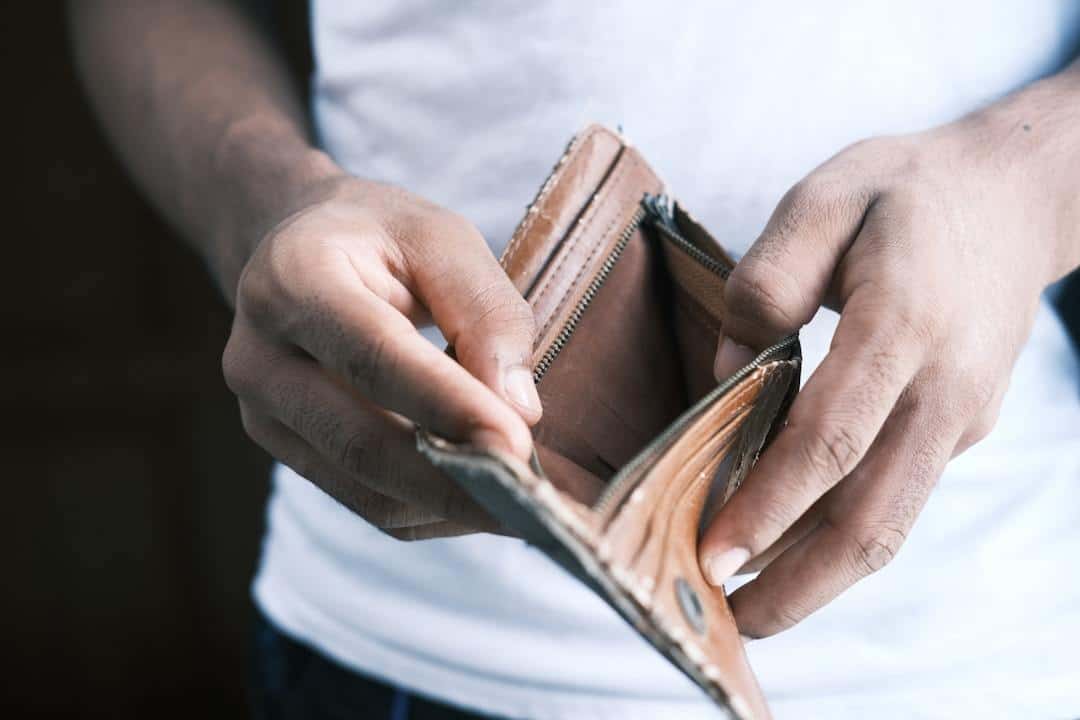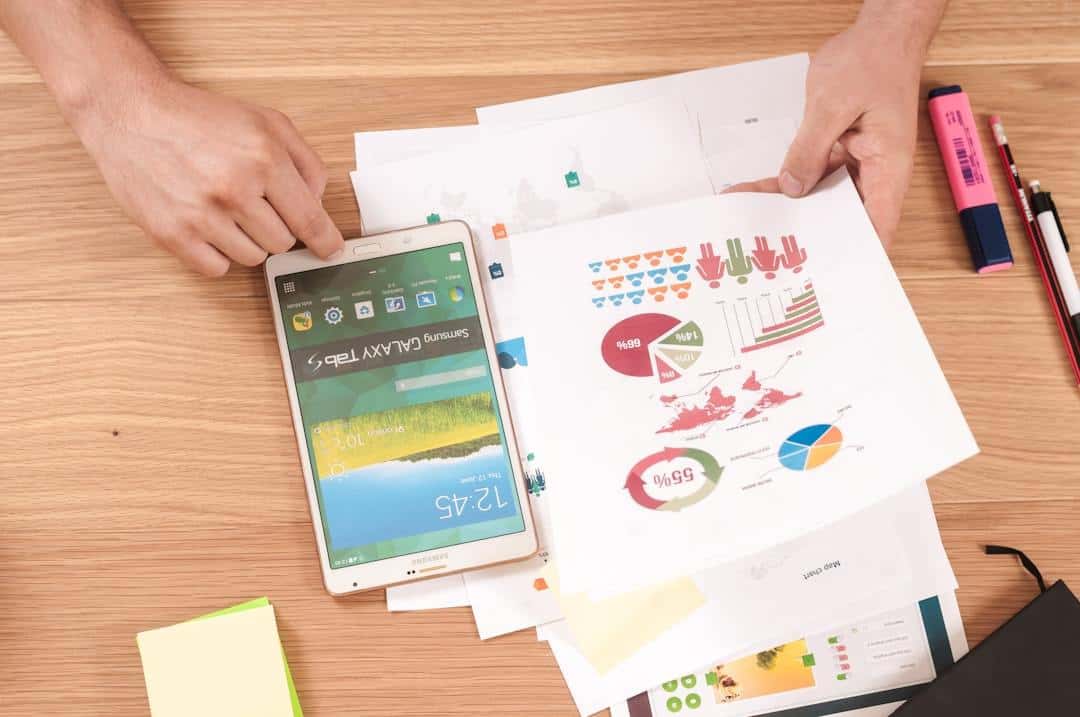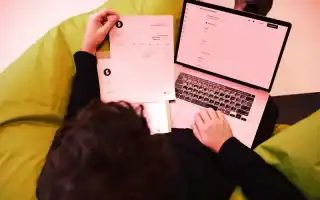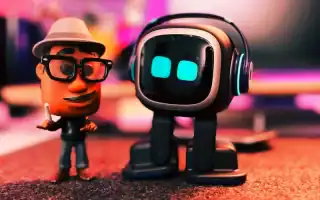I remember the stress I felt when unexpected expenses would hit, and I had no emergency savings to fall back on. That sinking feeling? Gone—once I learned how to build an emergency fund!
Now, car repairs, medical bills, or even job loss don’t throw my finances into chaos. I don’t have to rely on maxing out credit cards anymore, and neither should you!
Learning how to build an emergency fund has been a game-changer.
You can start today, protect yourself from financial stress, and take control of your future. Let’s prepare for the unexpected and start saving together!
Why is it Important to Build an Emergency Fund?
Let’s get real: are you ready when life throws curveballs? Sometimes, they come with a hefty price tag that can empty our bank account, leading us to a personal loan or maxing out our credit cards. Oh, I can still remember those credit card debt and student loans—all paid off now.
But you’re not alone in that situation. Bankrate’s survey in March 2024 discovered that 56% of consumers said that not having enough emergency savings has a negative impact on their mental health.
That couldn’t be truer because we get frustrated when no money is set for potential financial emergencies like medical bills or car repairs.
On the other hand, an emergency fund provides a safety net for these situations. We no longer have to panic or make rash financial decisions that could put us in debt. Not having one means relying on emergency loans or high-interest credit cards.
What’s worse? We may not be able to pay off these personal loans, which can lead to having a bad credit score. And that’s not the end. Our financial goals may be affected since we have to adjust how we draw our budget and the like.
Thus, I always think of my emergency fund as a financial guardian angel. It gives me peace of mind, a better credit score, and more control over my financial well-being.
How Much Should Be in Your Emergency Fund?
Experts advise having 3-6 months of essential living expenses in an emergency fund.
Now, this seems daunting, especially if you’re starting from scratch. However, even a smaller financial cushion—aka emergency savings—is better than none.
I’ve heard this saying before, and I didn’t value it until I experienced a drastic financial need situation. That’s when I realized that something is better than nothing.
That’s when I began to take my personal finances more seriously, from learning what wealth management is to having life insurance and fattening my account balance. But it didn’t happen overnight; it took years before I could say that my savings account was doing good.
To achieve my current financial state, I started small and gradually worked towards my ideal emergency fund target.
While financial advisors traditionally recommend three to six months’ worth of expenses, you can tailor this to your situation. If you’re self-employed, consider aiming for six to twelve months of expenses, as unexpected income fluctuations are more likely.
If you want a more accurate number, you can use a savings calculator to estimate your current finances to your specific goal.
How to Build Your Emergency Fund in 5 Easy Steps
The critical step if you want to learn how to build an emergency fund is to start now. That way, you can enjoy peace of mind and get through tough times without resorting to credit card debt or dipping into personal loans.
So, how do you go about this? Consider these steps that I have also done to get my finances in order.
1. Assess Your Personal Finance
Don’t just jump into saving for your emergency fund.
It’s vital to look at your current financial landscape. Do so by gathering your bank statements, credit card bills, and any other financial documents.
With these, track your income and expenses for a month or two to understand where your money goes—known as cash flow in business finance. Remember to track recurring bills like:
- Rent or mortgage payments
- Auto loan
Credit card bills
Student loans
Utility bills
Groceries
Transportation
Don’t forget those sneaky non-essential expenses, like your daily coffee, forgotten subscriptions, or impulsive online purchases on your credit cards. These small expenses can add up quickly, so it’s also vital to list them down.
Once you’ve tracked your expenses, build a budget to outline your income sources, fixed expenses, and discretionary spending. This is the most basic expense-cutting strategy you can instantly employ that can get you quick results!
2. Identify Areas to Save
Knowing where my hard-earned money goes is fulfilling, and it’s essential since I used it to figure out where I can cut back.
To do this, ask yourself a few key questions:
Are there recurring subscriptions I barely use?
Can I find more affordable options for my groceries or cell phone plan?
Am I just buying these for rewards credit?
You’ll be surprised by how many non-essentials there are. Perhaps you have a gym membership you haven’t used in months. What I did was to find a fulfilling and less expensive alternative like home workouts or joining physical activity events.
Every little bit helps—minor, consistent cuts add up big time. And you can also redirect windfalls, like tax refunds or bonuses, straight into your emergency fund.
Here’s a simple way to help you identify areas to save:
Groceries: Meal planning, buying generic brands, shopping at discount stores, and using credit card rewards are just some of the ways to save money on groceries.
Transportation: Why not try carpooling, using public transit, biking, or walking? You’ll save while keeping yourself healthy when walking; you can even earn money walking.
Entertainment: Cutting cable TV, finding free or low-cost entertainment options, or using cash gifts from your credit card rewards for subscriptions.
Dining Out: Cooking meals at home, limiting takeout orders, and weekly meal plans can decrease your chances of ordering takeouts or eating out.
Subscriptions: Canceling unused subscriptions, exploring cheaper alternatives, or subscribing to only one account can help minimize these expenses.
3. Choose the Right Savings Account
One of the key steps in learning how to build an emergency fund is to select the right place to keep your money.
It also matters to think about accessibility and growth potential. You need a secure place where your money can grow and that you can easily access in an emergency.
Savings accounts, particularly high-yield savings accounts, are excellent options because they offer security and modest growth. Money market accounts also provide a competitive interest rate and the flexibility to write a few checks each month.
While regular savings and money market accounts are great, remember that their interest rates may not keep pace with inflation.
Let’s compare a traditional savings account with a high-yield savings account using an example:
- Traditional Savings Account:
- Interest Rate: 0.05%
- Initial Amount: $50,000
- End of Year Balance: $50,025
- High-Yield Savings Account:
- Interest Rate: 4.50%
- Initial Amount: $50,000
- End of Year Balance: $52,250
Can you see the difference? Quite significant, right? So, with the same $50,000, are you going for a traditional savings account or opt for a high-yield savings account?
Remember, the former would give you just $25 in interest over a year, while a high-yield savings account would give you $2,250 in interest! This means that opting for a high-yield savings account can make a significant difference in your earnings.
Although keeping a small amount of cash at home for minor emergencies is helpful, avoid stashing large sums at home as they’re more vulnerable to theft.
The best? Consider consulting a financial advisor or money manager to make an informed decision based on your circumstances. They’ll help you choose the best saving solution for you.
4. Make a Direct Deposit Automatic
We all know that saving is most often the least priority for most. However, in wealth management, your savings account should always come before other expenses. That’s what we call paying yourself first.
To ensure that we don’t forget it, let’s make it automatic.
The magic of automation can’t be overstated when it comes to building an emergency fund. Set up automatic transfers from your checking account or savings account to your emergency fund every payday. This could be a small amount, like $50 or $100, or a percentage of your paycheck.
This “set it and forget it” approach guarantees consistent savings without actively transferring money each month. Basically, this set you up on having sinking funds—setting aside money bit by bit every month.
5. Monitor and Adjust
Once you’ve started, don’t forget to check your savings progress and make necessary adjustments regularly. Remember that building emergency savings is a marathon, not a sprint.
There will be times when your expenses increase or you have unexpected windfalls. Thus, you also have to adjust your automatic savings to ensure your budget won’t stretch.
It’s also best to review your cash flow statement periodically, especially after life changes like a new job or salary increase.
Doing so lets you adjust your automated transfers to accelerate your savings or accommodate any changes in your income or spending. Most importantly, regularly checking on your financial cushion motivates you to keep going.
Tips To Make Growing Your Savings Accounts Fun and Engaging
Imagine trying to build a 3-month, if not 6-month, financial backup. Sometimes, we tend to feel discouraged or overwhelmed by the idea of creating a significant emergency fund, especially when money is already tight.
Try these strategies to make it more fun:
1. Set Smaller Goals and Celebrate Milestones
Already have your financial goals? Great! But, you may want to break down your ultimate emergency fund goal into smaller, more manageable ones.
For example, if you aim for a $6,000 fund, set an initial target of reaching $1,000. Don’t forget to put a timeline, even if you’ve broken it down into milestones. The satisfaction of hitting these milestones motivates you and makes the process feel more attainable.
Once you achieve a milestone, reward yourself. It could be indulging in your favorite dessert or a short, budget-friendly outing. This reward system strengthens your positive association with saving.
2. Find Ways To Increase Income
While reducing expenses plays a big role in building an emergency fund, you could also find ways to earn extra money. Some possibilities include freelance writing, crafting, or dog walking.
Earning extra cash can fast-track your savings progress while adding excitement to the process.
Moreover, every dollar you earn from these activities gives you a double win. Of course, don’t forget to put this extra cash directly into your emergency fund. Or better yet, use your extra income to pay off student loans, personal loans, or credit card debts.
3. Use a Visual Savings Tracker
Visualization is a super powerful tool.
Track your emergency fund journey with a visual representation like a colorful chart or a thermometer graphic. Filling this tracker each month as your savings grow provides a visual reminder of your progress and keeps you inspired. It’s one of the best financial habits for success you can do for yourself.
Want to check it while on the go? Many apps and spreadsheets are available to help you track your savings visually.
4. Make it a Family or Social Affair
Sometimes, saving for something big alone can be tough.
Try making it a family or social activity; share your goals with family members or friends. They can cheer you on, keep you accountable, and offer ideas for increasing income or saving more.
You can even turn it into a friendly competition: the person who saves the most in a month gets a small, pre-determined reward.
You could even start a “no-spend challenge” where you and your friends see who can avoid making unnecessary purchases for the longest. Not only does this help you grow your emergency fund, but it also allows for some creative competition.
5. Find Inspiration from Others
You’re not alone in worrying about finances—and guess what? You’re also not alone in growing your savings! Most of us want to know how to build an emergency fund, but figuring out where to start or keeping the journey exciting can feel tricky.
But here’s the good news: once you take that first step, it gets easier! You can create a safety net for those unexpected expenses and feel more secure about your financial future.
And that’s why you should consider finding online forums or support groups where people share tips, strategies, and success stories about building their emergency funds. Doing so encourages us because we can see how others are making their savings journey exciting.
Remember that while building a hefty emergency fund takes dedication, it’s crucial for achieving long-term financial stability. Have fun along the way, and remember to celebrate those hard-earned victories, no matter how small.
FAQs
How Much Money Do You Need to Build an Emergency Fund?
While financial experts suggest having three to six months of living expenses, personalize it to your needs and risk tolerance. Adjust it according to your job security, income, and dependents.
What is the Best Way to Create an Emergency Fund?
Start by setting a clear savings goal. Then, identify areas to trim expenses and set up automatic transfers to a high-yield savings account. Finally, increase your income whenever possible.
Is $5,000 Enough for an Emergency Fund?
$5,000 is a good starting point for an emergency fund. This may not be enough depending on individual expenses, but it should suffice for most common financial shocks. Remember that it’s better to start with something than nothing.
How to Build an Emergency Fund When Money is Tight?
Start with what you can afford, even if it’s a small amount. Small amounts will still add up to something substantial over time. Gradually increase your contributions as your financial situation improves.
You can also find extra income streams, such as freelancing or gig economy jobs, to contribute directly to your fund.
Conclusion
Once you know the steps on how to build an emergency fund, all you need to do is start now. The first step may require a big adjustment and getting used to it, but after some time, it’ll be satisfying.
Remember, doing this isn’t just about amassing money; it’s about giving yourself financial stability. It gives you the confidence to tackle those unforeseen circumstances and make wiser choices for your personal finances.
Take those first steps and stay the course—you’ll thank yourself in the long run for taking charge of your finances. Happy savings!






